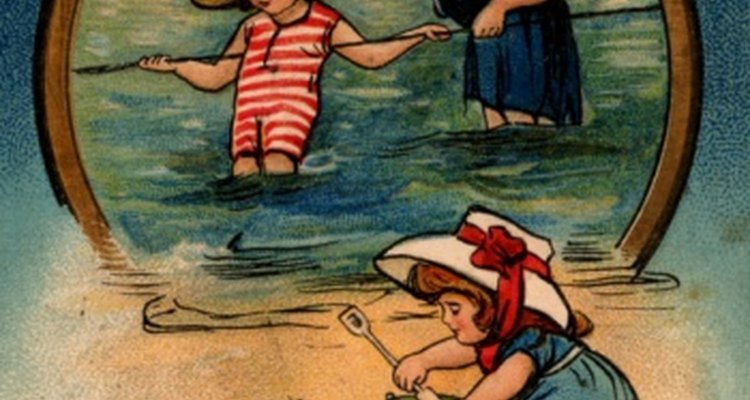
Light fabrics, in pastel as well as bright colors, are associated with children’s garments worn from 1910 to 1920, replacing the heavy fabrics and dark colors from the late 1890s. Silhouettes and accessories also changed for girls and boys as styles continued to evolve. Sleeves, collars and lengths changed influencing the overall ensemble. Dress styles included defined waistlines for girls and knee pants evolved into trousers for boys.
1910 Fashion and Color: Girls
Pale and pastel colors dominated the early part of the 1910s giving way to the brighter colors like lemon yellow, pink and aquamarine blue tones. Patterns like gingham checks also emerged as color choices continued to evolve. Delicate fabrics also gave way to the use of knitted textiles like jersey.
Dress Silhouette Changes: Girls
The high yoke dress silhouette worn in the early 1900’s prevented waistline definition. A sash generally covered the upper bodice yoke seam. As the 1910s began, the sash was lowered on the dress pattern, defining an older girl’s waistline. Around 1914, designers started lowering the sash to thigh and hip level. The tunic evolved as the seam dropped to thigh level and silhouettes such as the pleated gym tunic emerged. Sailor look dresses from the early 1900s continued as oversized collars became part of the silhouette. Short sleeves, cape collars and frilly hemlines also inspired designers to decorate garments with embroidered trim accents.
Accessories: Girls
Knee length socks shortened to ankle length. Wide ribbon hair accessories replaced straw hats, which were a staple for outdoor attire. Most girls sported a short hairstyle as the decade progressed into the 1920s, allowing accessory designers to create large bows and ribbon accents to decorate the hair.
1910 Fashion and Color: Boys
Sailor looks were also part of a boy’s attire. Shirt styles, such as the Buster Brown tunic and the “Middy," described as loose shirts with oversized collars, were part of the sailor look. The sailor collar also included a back flap with three accent stripes, popularizing the navy and white color combination. Boys also wore dickey inserts underneath the loose fitting middy. The dickey had a front and back flap with an attached collar, giving the wearer the illusion of a full shirt. Shirt silhouettes also began to extend below the waistline.
Knickers and Trousers: Boys
Boys in grammar school generally wore tapered knee pants, referred to as knickerbockers or knickers. The knickers, often buckled at the knee, were worn with long wool stockings. Designers generally used dark colored textiles for the styles. Elementary school boys continued to wear shorts as part of the daily ensemble. Long trousers, known as pants, marked the transition from youth to adolescence. The pant marked the rite of passage for boys entering manhood.
The Norfolk Jacket: Boys
A loose, belted, single-breasted front jacket silhouette, referred to as the Norfolk jacket, emerged in the 1910s. The jacket also featured box pleats. It was also the first jacket worn without matching textile patterns to knickers or trousers.
Related Articles
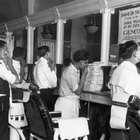
Men's Fashion of the 1930s
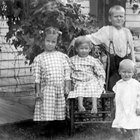
Children's Clothes in 1915
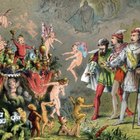
What Did Men Wear During the ...

What Did Kids Wear in the 80s?
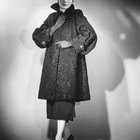
1958 Men's and Women's Dress Styles
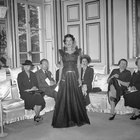
What Type of Clothes Did Women Wear ...

What Do Women Pirates Wear?
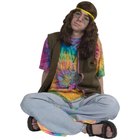
How Did Teenagers Dress in the '60s & ...
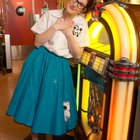
School Clothes for Girls in the 1950s

Children's Clothing in the 1900s
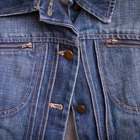
The History of Denim Jackets

How Did Men Dress in the 1960s?

What Did Men Wear in the '50s?
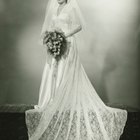
Wedding Dresses of the 1920s, 1930s & ...
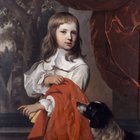
Children's Clothes in the 1600s
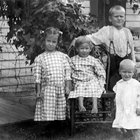
Children's Clothing From the 1920s

Men's Fashion in the 1890s
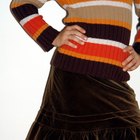
School Clothes in the 1900s
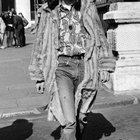
What Are Psychedelic Clothes?

How to Wear an 80s Headband
References
Writer Bio
Mercedes Valladares is the founder of M721Organics and has been an independent designer for over 15 years. Her work experience commenced during college with manufacturers based in New York and Hong Kong. Her education includes LIM College, International Fine Arts College and design certification from the Paris Fashion Institute. She produces eco-crafting videos and writes recycling articles online.
Photo Credits
Photos.com/Photos.com/Getty Images